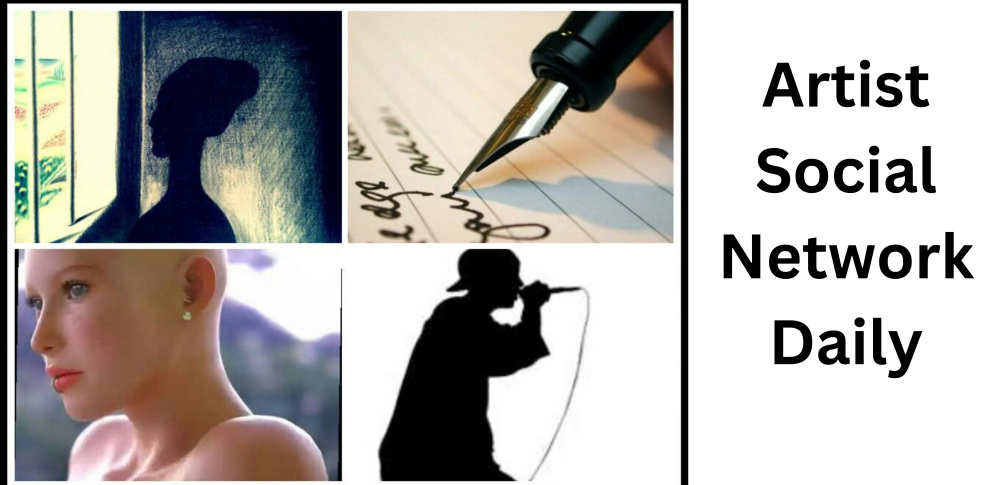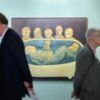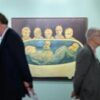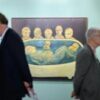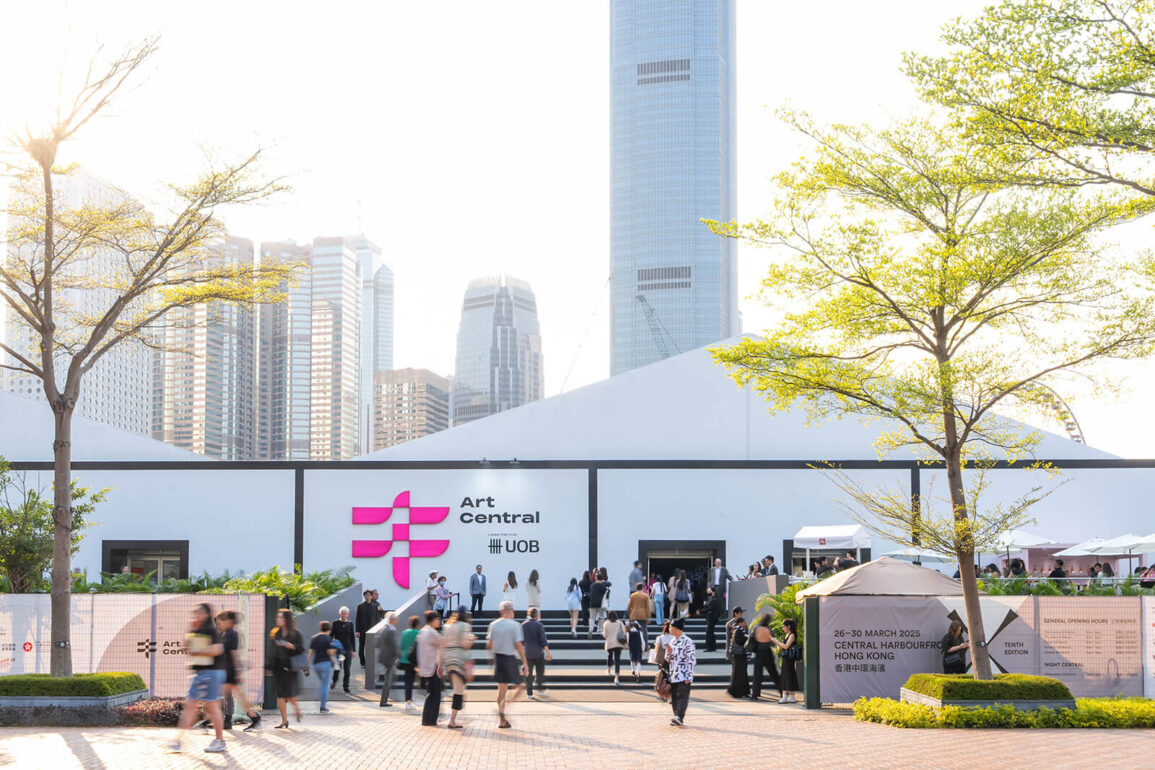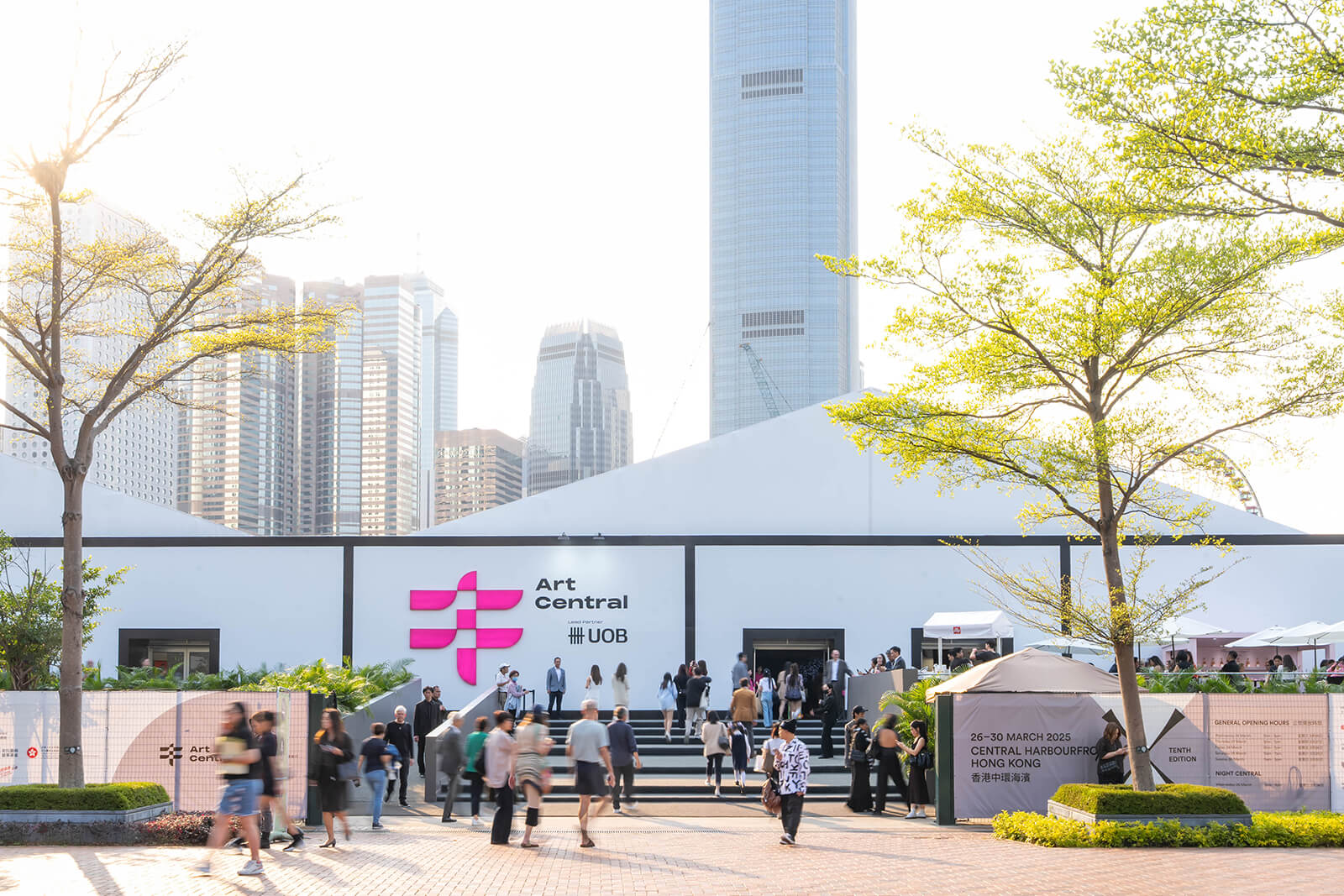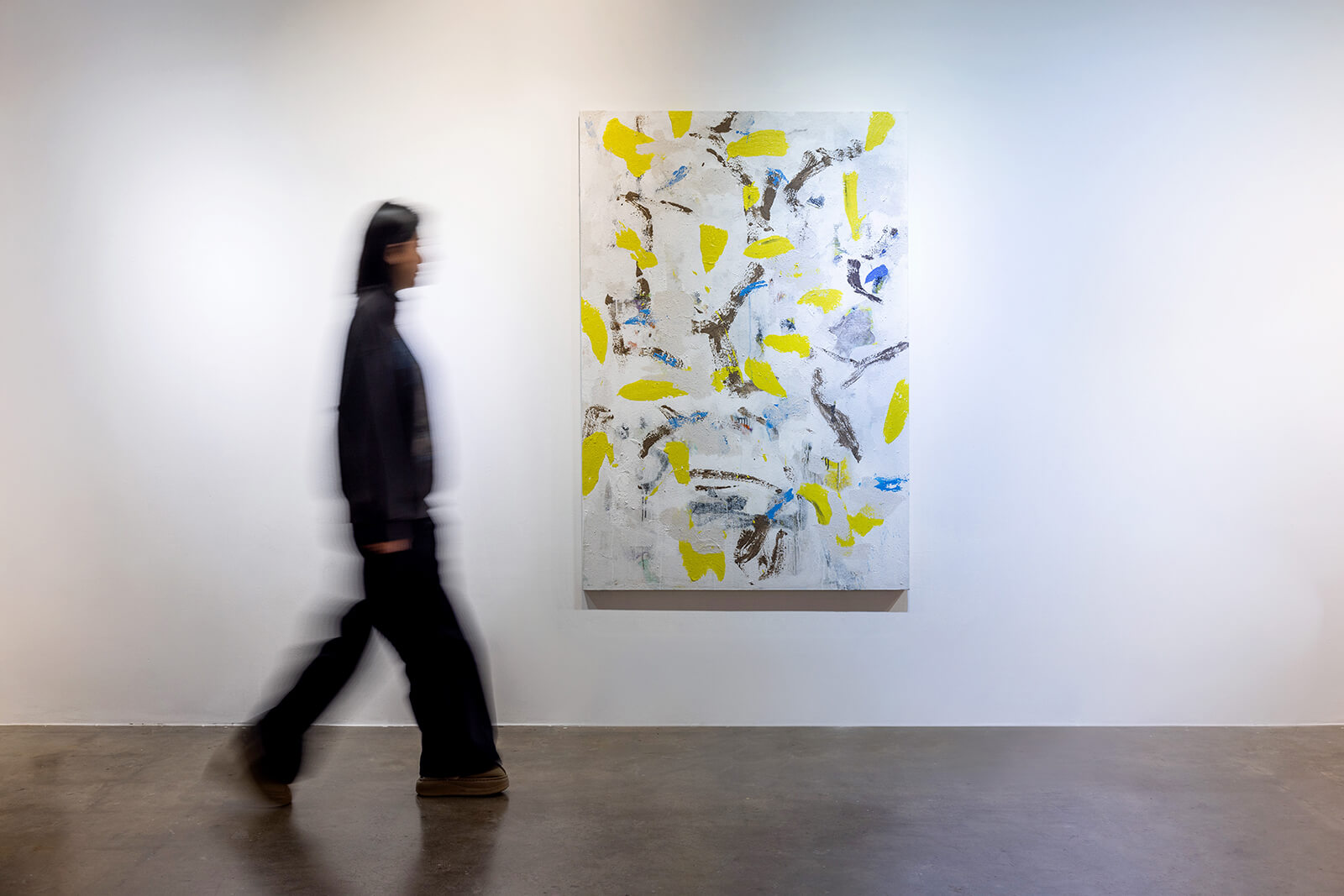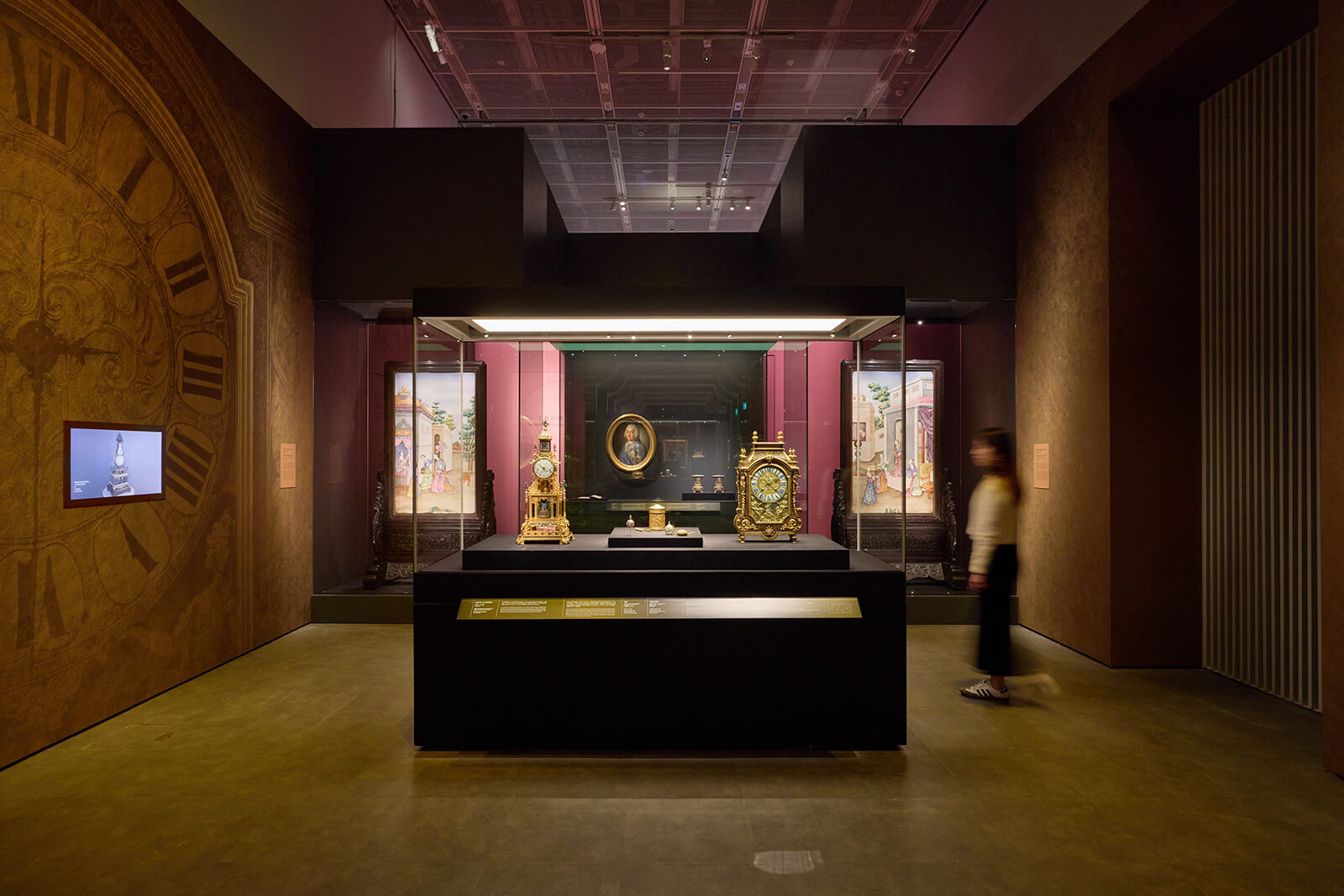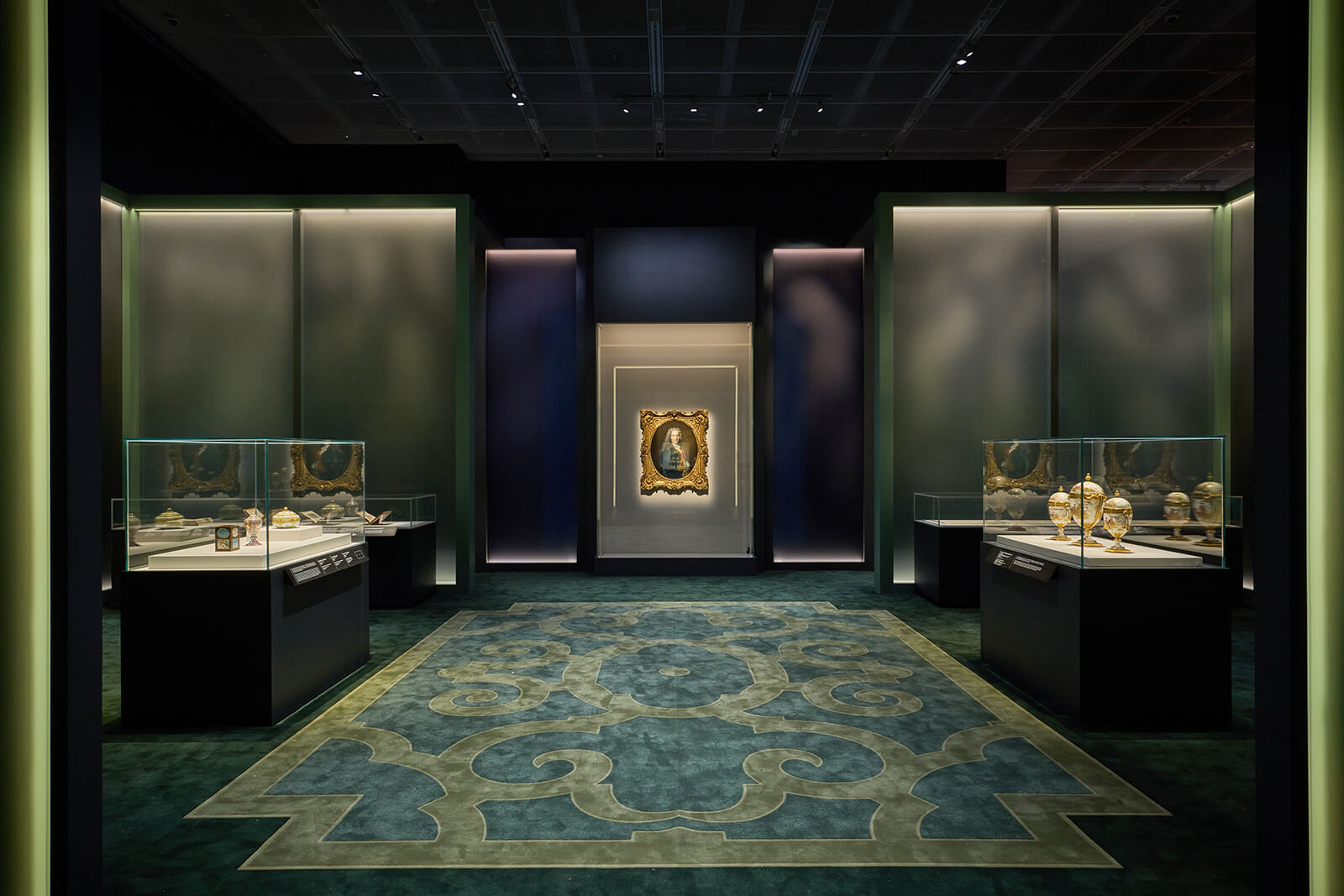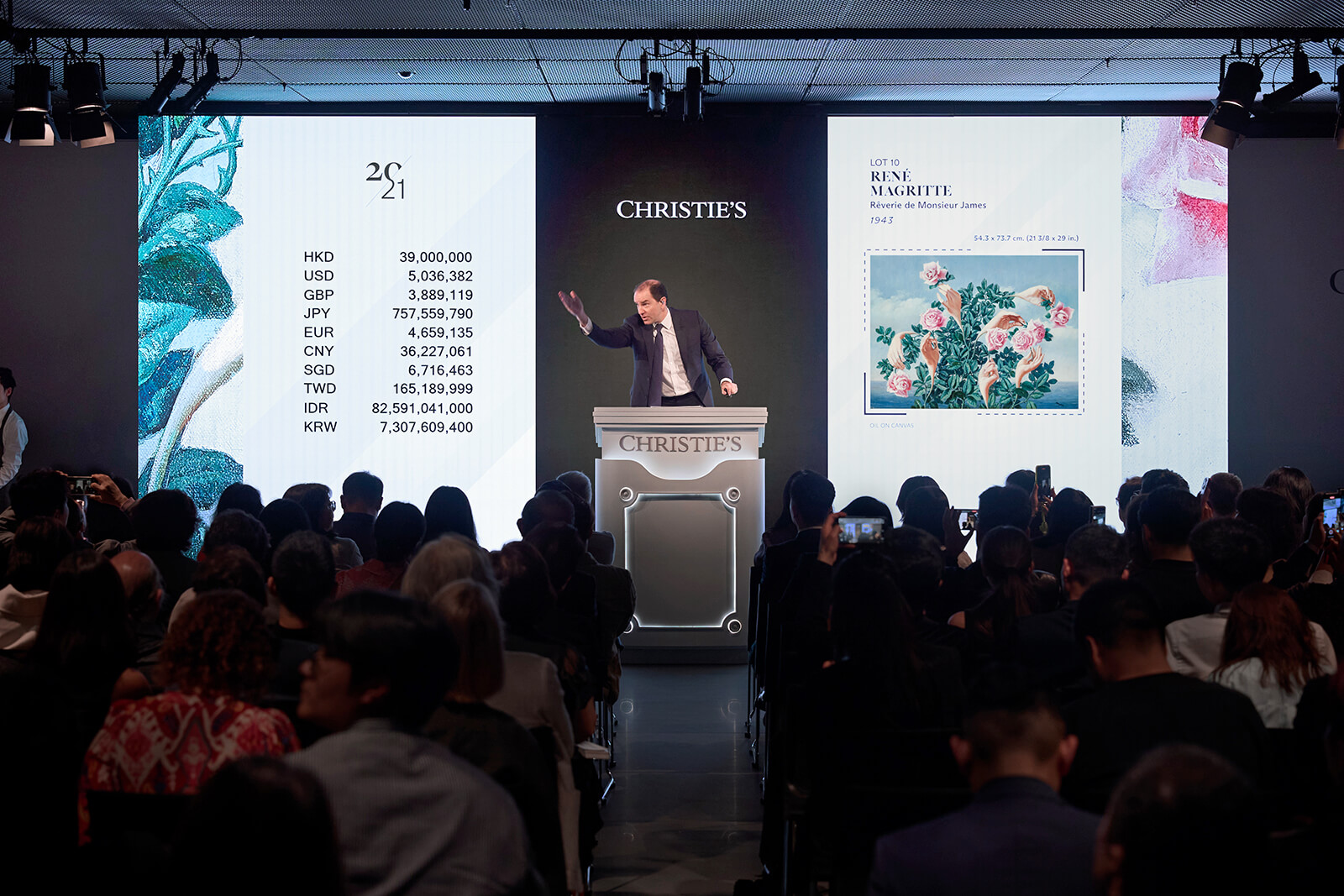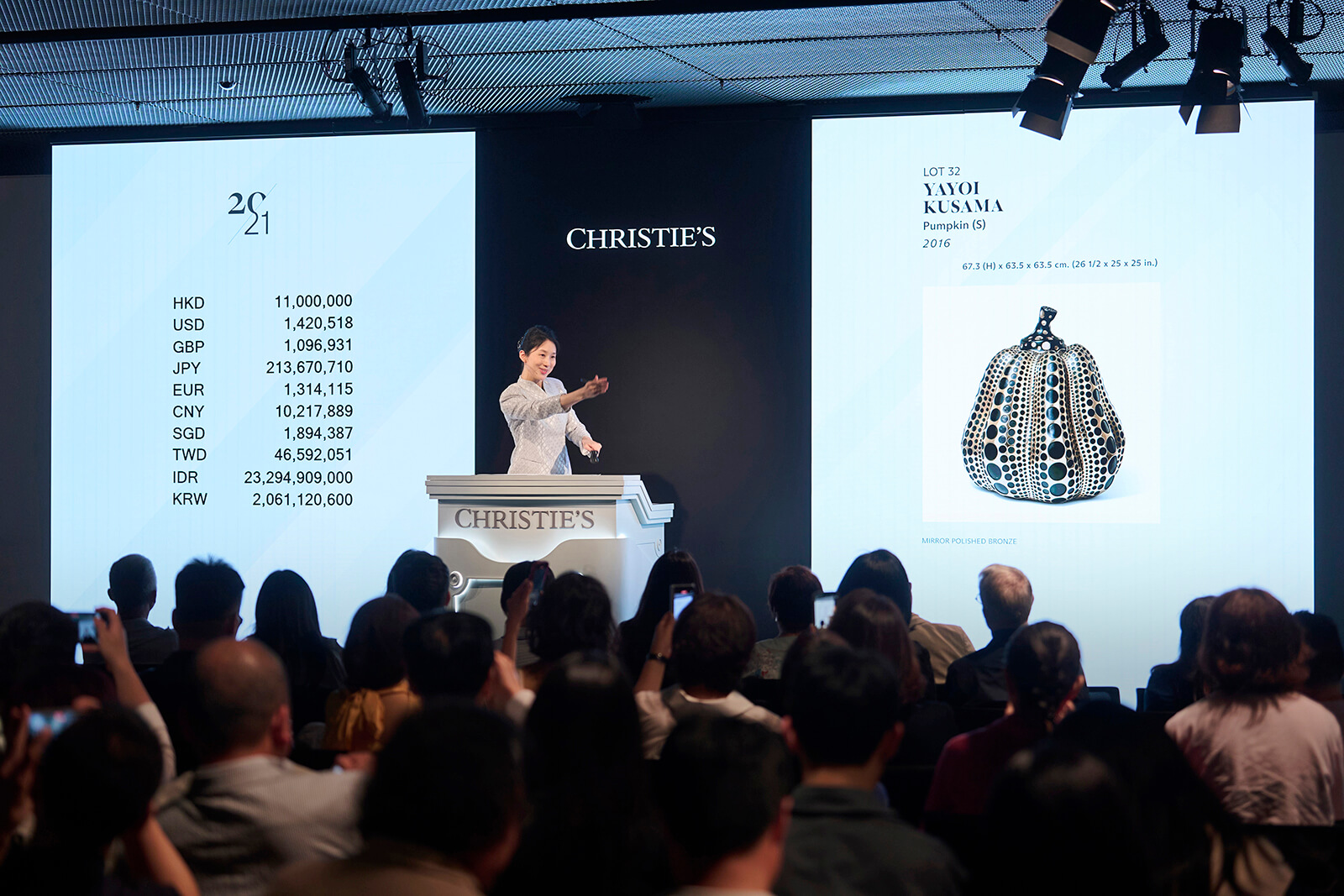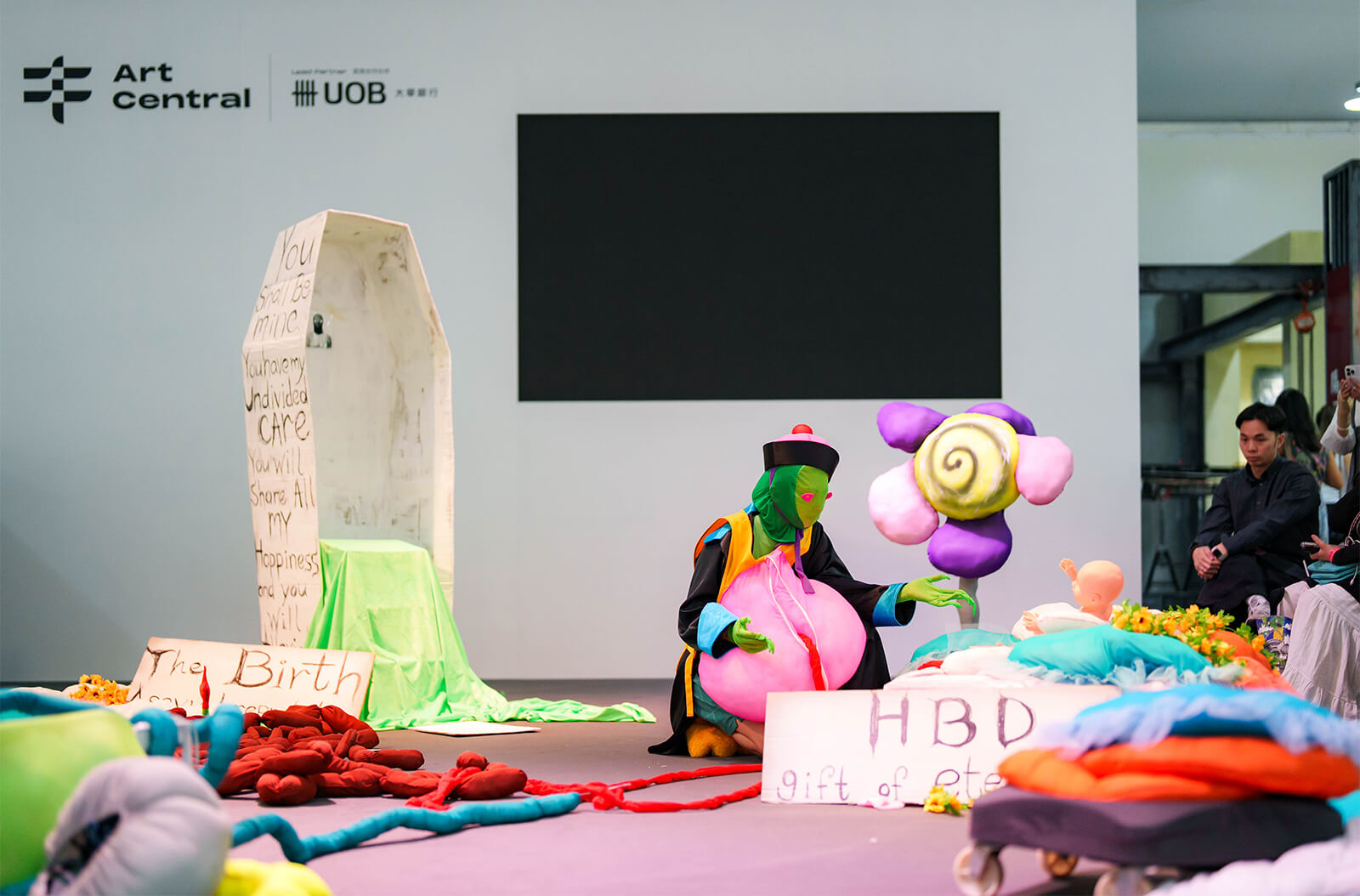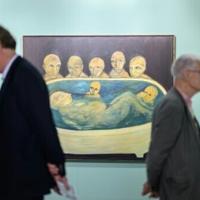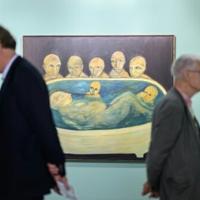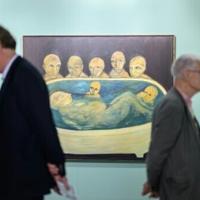Standing on the waterfront by M+ Museum in Kowloon, Hong Kong, the Hong Kong Convention and Exhibition Centre (HKCEC), crowned by a large electronic billboard, is visible across Victoria Harbour. “We’re here for the vibe,” a nattily dressed couple told me at a Monday night party M+ hosted to kick off Hong Kong Art Week, a loose collection of art fairs and exhibition openings the last week of March. As the venue for Art Basel Hong Kong from March 28 – 30, all eyes were on the HKCEC as art sales at the city’s flagship fair defined trends in a flailing economy. Instead of spontaneous purchases, buyers remained cautiously focused on long-term investments.
A mile away from the HKCEC, the Art Central fair returned to the Central Harbourfront for its 10th year. Focused on small and mid-sized galleries, it had a comparatively relaxed vibe, spread out into multiple categories including ‘Legend’, a section for internationally recognised artists, all broadly born before 1960. “Over the past decade, Art Central has evolved significantly, adapting to global shifts while focusing on innovation and strengthening support of regional talent. The Fair adapted to the pandemic by focusing on Hong Kong and expanding its Asia-Pacific presence as the global art market shifted eastward,” fair director Corey Andrew Barr told STIR. He noted how Asian collectors tended to diversify their collections with contemporary and emerging artists. “Younger collectors in the Asia Pacific, particularly Millennials and Gen Z, drive the market by favouring contemporary and experimental art, often focusing on diversity and inclusivity. Digital art, photography and mixed media installations find new audiences that have been overlooked previously,” he said.
Hong Kong has been a commercial hotspot for nearly two centuries now, occupying a crucial place in longstanding exchanges between China and Europe and, in recent times, for global trade. An exhibition at the Hong Kong Palace Museum (The Forbidden City and The Palace of Versailles) documents the close ties between China and France through the 17th and 18th centuries, with gifts and letters traversing oceans and a long trajectory of intellectual exchange between the two empires. At the Hong Kong Museum of Art, a collection of China trade art evinces far-ranging artistic influences, with foreign artists in the 18th and 19th centuries travelling to Canton (now Guangzhou), Macao and Hong Kong to paint landscapes and glimpses of daily life on the islands, often selling their work to itinerant traders who wanted pictorial reminders of their time in China. In the process, Chinese artists also learned Western techniques, setting up studios to produce trade paintings on a larger scale. An early 19th century oil painting in its collection portrays the 13 “factories” of Canton by the Pearl River, where foreign merchants lived for months or years at a time, trading via a network of government-appointed Chinese merchants known as the ‘Cohong’.
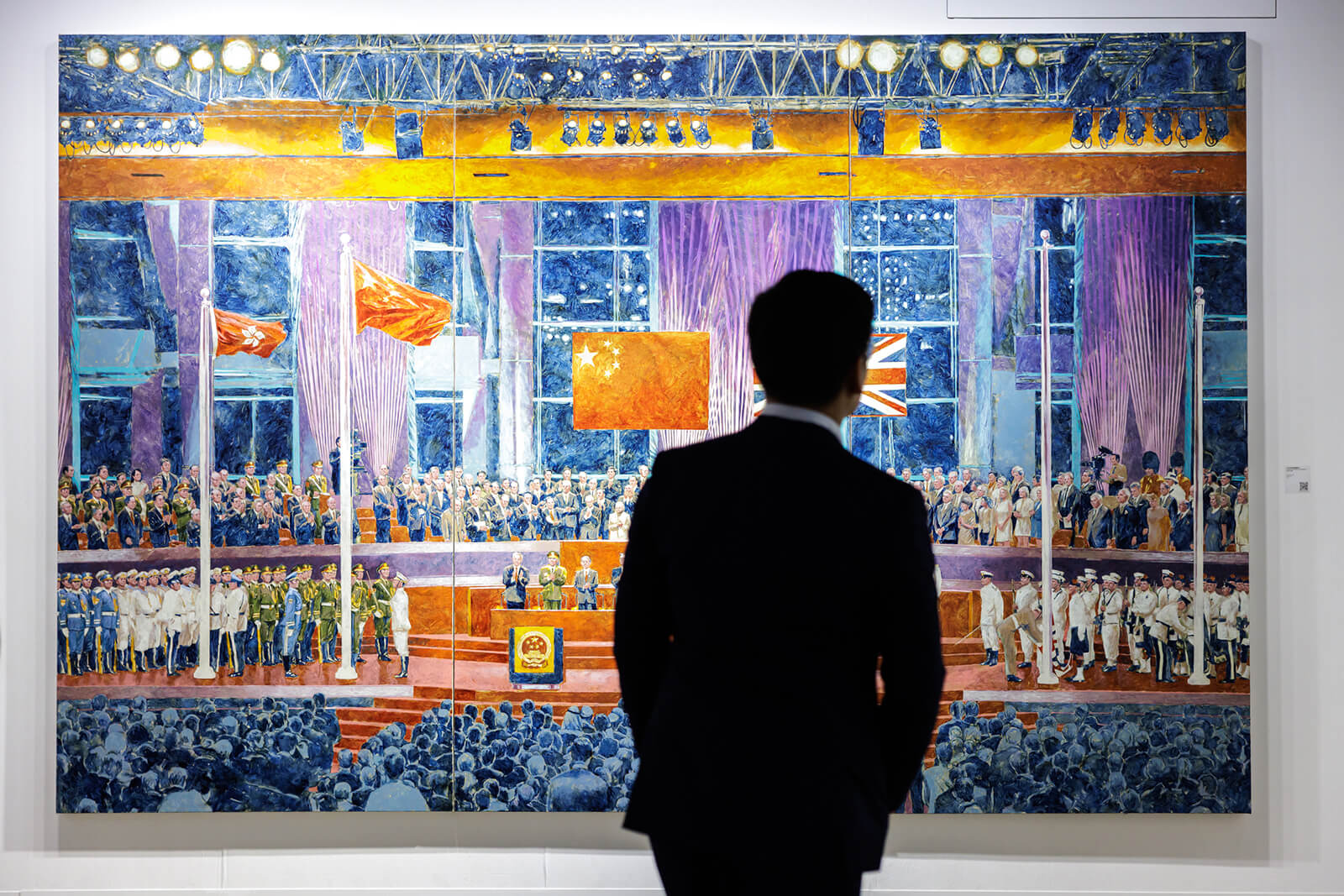
A cluster of farming and fishing villages, China ceded Hong Kong to British forces in 1841, after the Daoguang Emperor moved to end the opium trade, resulting in an aggressive British military response and the First Opium War. It remained a British colony until 1997 – less than three decades ago – and is now classified as a special administrative region of China. In recent years, China has sought to have a greater role in Hong Kong’s regional government, enacting a far-reaching national security law in 2020, widely received as a breach of China’s “one country, two systems” constitutional principle, which allowed for a high degree of economic and administrative autonomy. Political, cultural and economic ties bind Hong Kong to mainland China. At a press lunch by the West Kowloon Cultural District Authority, our table host joked about how Hongkongers go shopping in neighbouring Shenzhen, part of mainland China, attracted by its rock bottom prices.
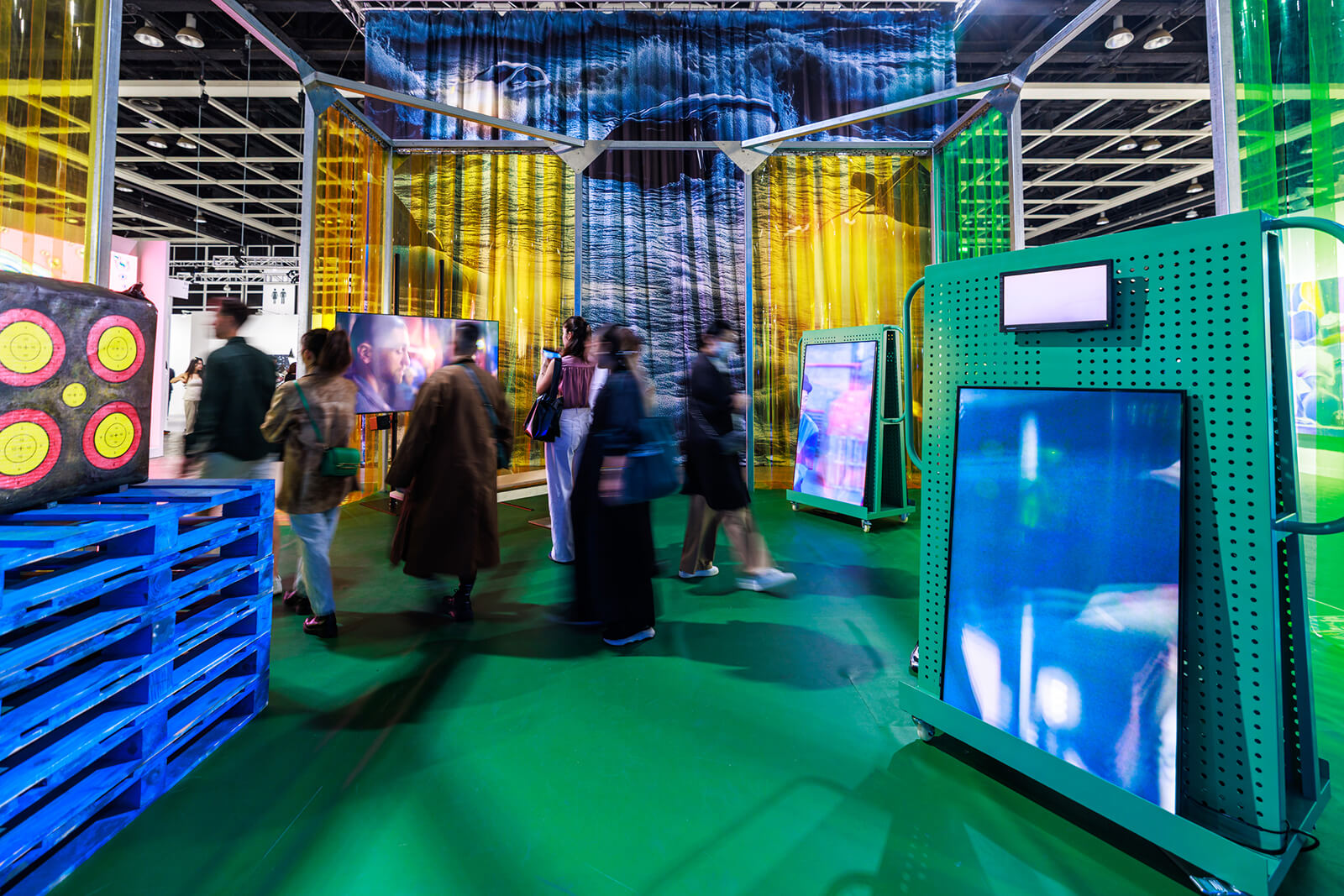
China remains the third largest market for art sales with a 15 per cent share, Clare McAndrew, founder of Arts Economics, noted during a discussion marking the launch of the Art Basel and UBS Global Art Market Report 2025 (which she authored) earlier this week on April 8. The report noted several trends, including a decrease in profitability for dealers as the costs of transporting works and participating in art fairs ballooned. However, the volume of sales remained high, with buyers pivoting to lower valued works. Works at five or six-figure prices (in USD) sold more frequently, with Noah Horowitz, CEO of Art Basel, reporting significant traction in the sub-2,50,000 USD range in Hong Kong.
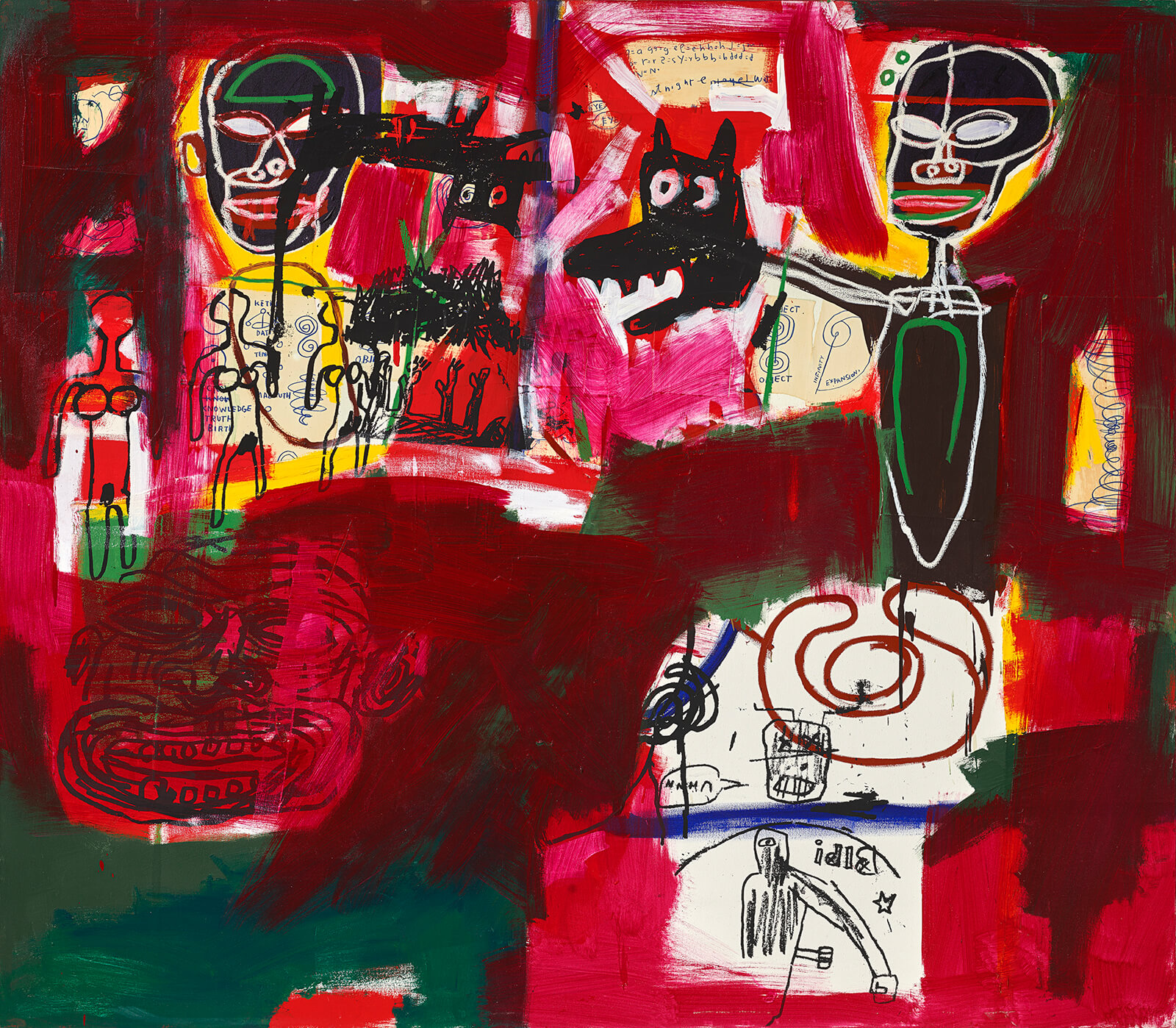
Sales in China remained auction-led, McAndrew said. A temporary spike in regional sales after the end of the lockdown saw a correction in 2024 – though high-end sales values declined, transaction volumes continued to grow. So, while the number of fine art works selling at over 10 million USD at auction sales fell by 39 per cent in 2024, the market for works priced under 50,000 USD and even 5000 USD grew. This was evident at the 20th and 21st Century Evening Sale at Christie’s Hong Kong on March 28, 2025. The most pocket-friendly work at the auction was Thai artist Gongkan’s Flyte (2023), which sold for 6,30,000 HKD (around 81,100 USD), well above its estimate of 280,000 – 3,80,000 HKD. At the other end of the spectrum, Jean-Michel Basquiat’s Sabado por la Noche (Saturday Night) sold for 14.5 million USD (a nine-figure sum in HKD) to awestruck applause, after a heated war between specialists bidding on behalf of their buyers.
Auctioneers Adrian Meyer and Liang-lin Chen were seasoned performers, wielding a tiny gavel as they parried bids from buyers in the room and in-house specialists representing buyers on the phone, in addition to bids received online, which flashed rapidly on their teleprompter screen. They had to balance the frenetic energy of the room — which saw bids sometimes rising by one million HKD or more in a single second — with a cultivated stillness, which added to the tension. This was further exaggerated by their tendency to freeze mid-movement for seconds or minutes after a bid, their eyes beckoning a counteroffer from a committed rival. I watched Chen persuade a rare bidder in the back of the room to up his offer for a work by Thai painter and architect Thawan Duchanee. “Try one more,” she implored him with a smile, as he countered a rival bid in 2,00,000 HKD increments, until he was willing to pay a million dollars (HKD) more than he had originally offered.
Both Art Basel Hong Kong and Art Central receive government funding. Back at the fairs, large-scale artworks and live programmes sought to reinforce the artistic quotient of these endeavours. Art Central curator Enoch Cheng revealed that he had his start at the fair as an artist. In 2024, the fair introduced a section for galleries new to Hong Kong. “The numbers are not the most important thing to us. It’s…do they have character?” he said to STIR. Cheng spoke of the vibrant ecology of cities like Berlin, Paris, Seoul and Tokyo, suggesting that this was bolstered by small to mid-sized galleries, which were more receptive to emerging practice. “I see…the art fair not just as a site for transactions. It’s about visibility, [if] you have visibility, then you have representation, because of the work to create a global discourse,” he said to STIR.
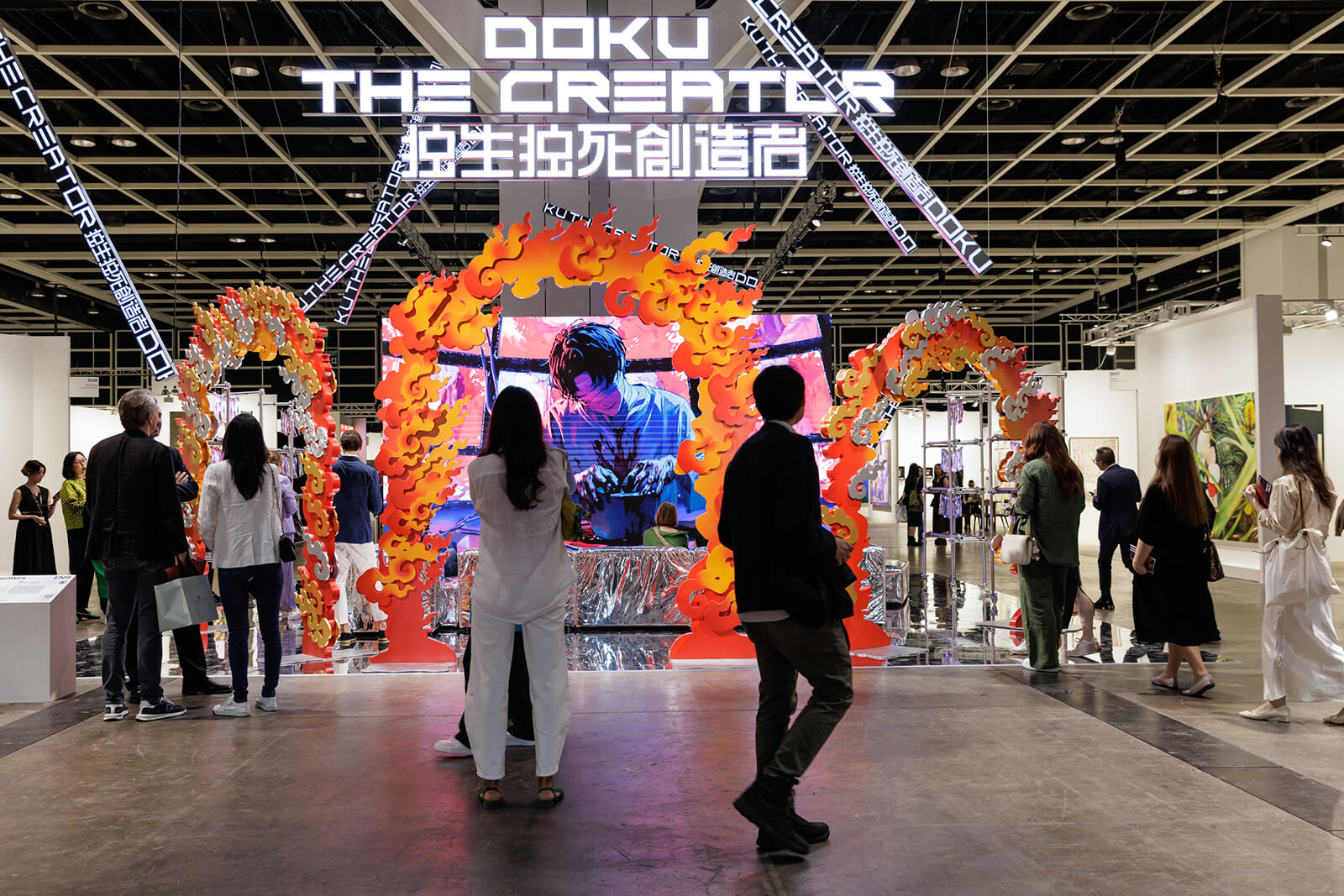
At Art Basel, Encounters curator Alexie Glass-Kantor led journalists through a tour of its large-scale installations, sourced from participating galleries, amplifying aspects of their practice that stretched beyond conventional market appetites. Hong Kong-based artist Movana Chen wove sculptures with old passports, their colours consolidating into a demographic tapestry. LuYang’s DOKU the Creator featured AI-generated video and “blind boxes” with mysterious artworks strung up on twine in metal racks. These were sold piecemeal and could only be opened after being purchased. Through the course of the fair, as these works sold, they were replaced by A4 sheets proclaiming their sale. During her tour on March 26, prior to the public days at the fair, Glass-Kantor encouraged us to touch some of the works, emphasising their interactivity. These tactile inputs may have proved too overwhelming once the fair opened to the general public on March 28, with many freestanding Encounters installations and other valuable artworks being cordoned off as fairgoers jostled each other in the corridors.
![‘INFINITY-NETS [ORUPX]’, 2013, by artist Yayoi Kusama was sold on the opening day of Art Basel Hong Kong 2025|Art Basel Hong Kong|STIRworld](https://artistsocial.network/wp-content/uploads/2025/04/6637_HongKongArtWeek_10.jpg)
At the launch of the market report, an online viewer asked about the great wealth transfer, the intergenerational shift of trillions in USD set to happen by the mid 21st century. This was driving more consensus within families with private collections, where multiple generations weighed in on a purchase, Ulrike Hoffmann-Burchardi, CIO Global Equities, UBS Global Wealth Management suggested. Women were taking a larger role in collective decision-making, driving an increase in the sale of works by female artists, prioritising research-oriented collecting over spontaneous purchases. Big ticket purchases at Art Basel Hong Kong included a Yayoi Kusama work going for 3.5 million USD and a Louise Bourgeois bronze sculpture for 2 million USD.
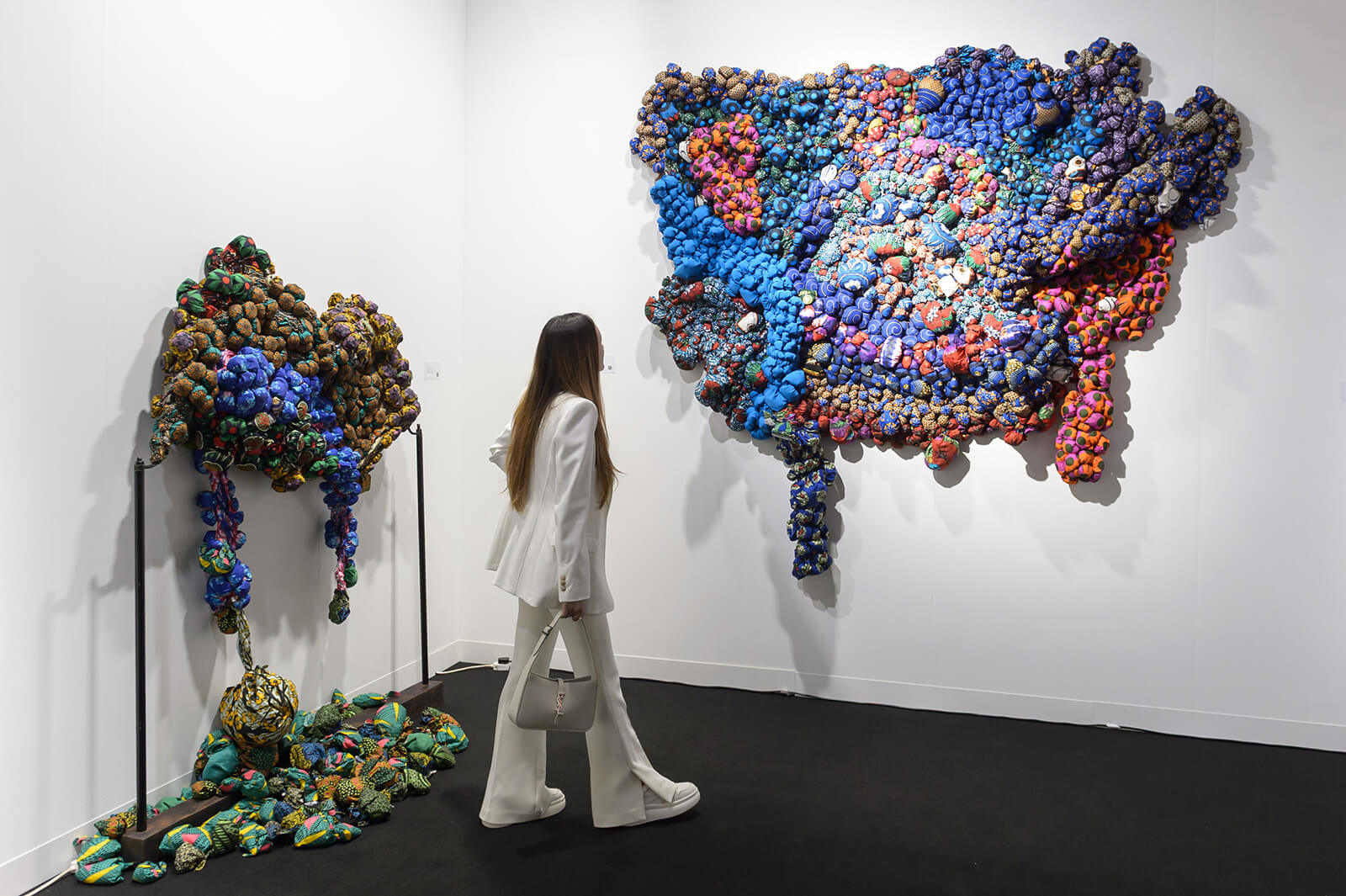
An uncertain economy looms over the art market, with US President Donald Trump announcing rapidly ballooning tariffs on goods imported into the United States. After two subsequent rounds of 10 per cent increases in February and March 2025, China was hit with a further 34 per cent tariff on April 2, and it responded with a reciprocal tariff on all US goods. This figure kept rising through the week, and at the time of publication, the total tariff burden on Chinese goods imported into the US was 145 per cent, with China announcing a 125 per cent tariff on US goods in retaliation. The last time tariff increases at this scale unfolded in 1930, Hoffmann-Burchardi remarked, it may have worsened the Great Depression. How the general gloom comes to bear on the art market remains to be seen. As Art Basel CEO Noah Horowitz put it in the same discussion, “We’re all operating in pretty unprecedented times right now.”
The views and opinions expressed here are those of the author(s) and do not necessarily reflect the official position of STIR.
This post was originally published on this site be sure to check out more of their content
